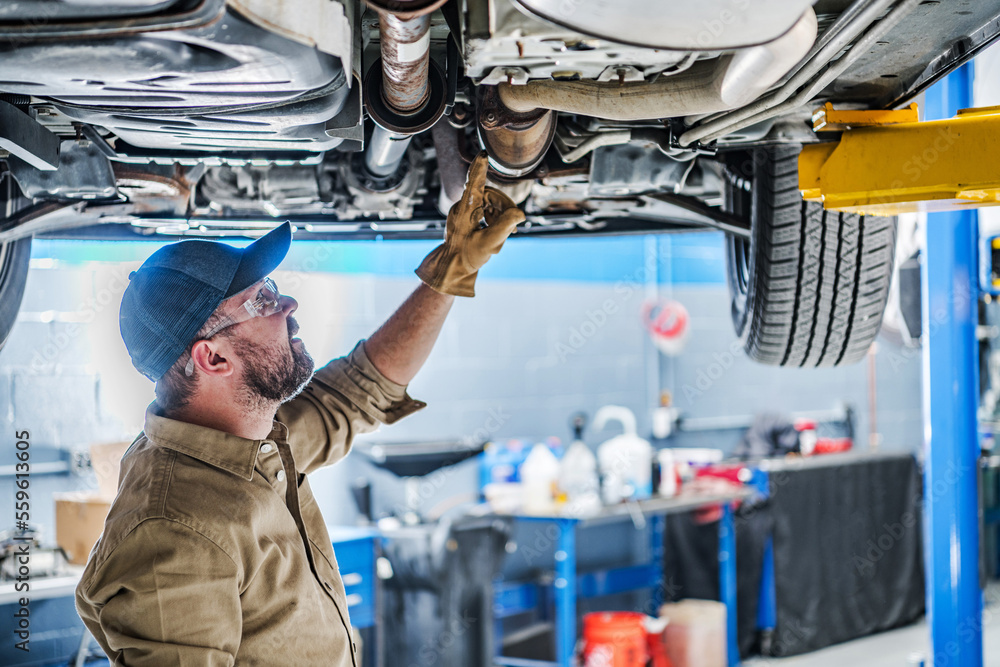Building a catalytic converter is a precise process that goes far beyond simple assembly. Producers must carefully select appropriate methods, anticipate common issues, and incorporate effective solutions to safeguard product quality and compliance. This blog post delves into the core aspects of Assembling the Converter: Methods, Challenges, and Solutions, offering insights into this critical manufacturing process.
The buzzword when it comes to catalytic converter assembly is ‘adaptive canning’, as OEMs that manufacture vehicles with internal combustion engines require a range of variants to comply with varying emission norms across different markets. When it comes to handling multiple variants and fluctuating volumes, Jendamark’s standard canning machines can be configured in a variety of ways to meet process requirements – whether manual, semi- or fully automated – and offer flexibility and scalability. Check out our standard solutions, which encompass mat weighing, measuring, can orientation, forming, shrinking, and marking machines, here.
Assembly methods
The stuffing process is one of the most important assembly steps. In this technique, the substrate, meticulously wrapped in a support mat, is pushed into the tube or can. Auto-stuffing is the preferred approach due to its inherent speed, cost-efficiency, and suitability for automation. The full canning process can, however, be handled in a number of ways – whether GBD or non-GBD controlled, and whether the can is pre-sized and then stuffed (hard stuff), or stuffed and then post-sized (soft stuff) to fit. Jendamark has a solution for all of these scenarios. See our different processes here.
Common challenges
Despite the efficiency of these assembly methods, manufacturers frequently encounter several challenges that can compromise converter performance and longevity. Understanding these issues and their mitigations is key to successful production:
- Mat misalignment: During stuffing, if the mat is not perfectly aligned, it can lead to uneven holding forces, creating potential pathways for exhaust gas to bypass the catalytic material.
- Shear issues: Mat layers can separate under friction or due to low binder content, leading to insufficient support for the substrate or even seal failure.
- Slippage: This occurs when the mat fails to grip the substrate and becomes stuck in the funnel during insertion. Proper pre-compression of the mat package helps significantly in preventing this.
- Over-compression: On the flip side, excessive compression can damage the mat fibres, thereby reducing its ability to absorb shock and vibrations, which is crucial for durability.
The can, or tube, itself, which houses the converter, presents its own set of potential issues. Out-of-tolerance tubing can distort the mat placement or even tear the material during insertion, leading to compromised integrity. Sharp edges and burrs within the tube exacerbate this problem by catching on the mat and causing damage. Furthermore, weld seam failure is a significant concern, especially when tubes are expanded or shrunk post-assembly. This can result in cracks, or in severe cases, the collapse of the tube. Post-sized tubes may also exhibit rippling along the weld if the shrinking process is not meticulously controlled, impacting both aesthetics and structural integrity.
Best practice approaches
To overcome these pervasive challenges and ensure a high-quality finished product, adopting best practice approaches is essential. Accurate tooling is paramount; machined funnels equipped with lead-in guides are crucial for preventing mat misplacement and ensuring smooth insertion. Implementing robust pre-compression systems and ensuring smooth tube interiors are vital steps to mitigate shear and slippage issues. Moreover, rigorous quality control measures are indispensable. This includes thorough weld seam inspections to detect any weaknesses, and diligent burr removal processes to ensure that the can consistently remains within the required tolerances for optimal performance and durability.
Jendamark’s standard machines put quality checks in place at every step in the assembly process to ensure the delivery of a high-quality end product. For example, our measuring machines include best-fit GBD and local gap measurement, while the marking machine includes a data-matrix code verification scanner for part identification and full product traceability.
In the can
The canning stage of catalytic converter production is a complex dance that harmonises speed, precision, and unwavering quality control. By thoroughly understanding the mechanics of each assembly method and proactively anticipating potential material risks, manufacturers can ensure the reliable operation of their catalytic converters. This commitment to excellence not only contributes to product longevity but also guarantees continued compliance with stringent emission standards, playing a crucial role in environmental protection.





